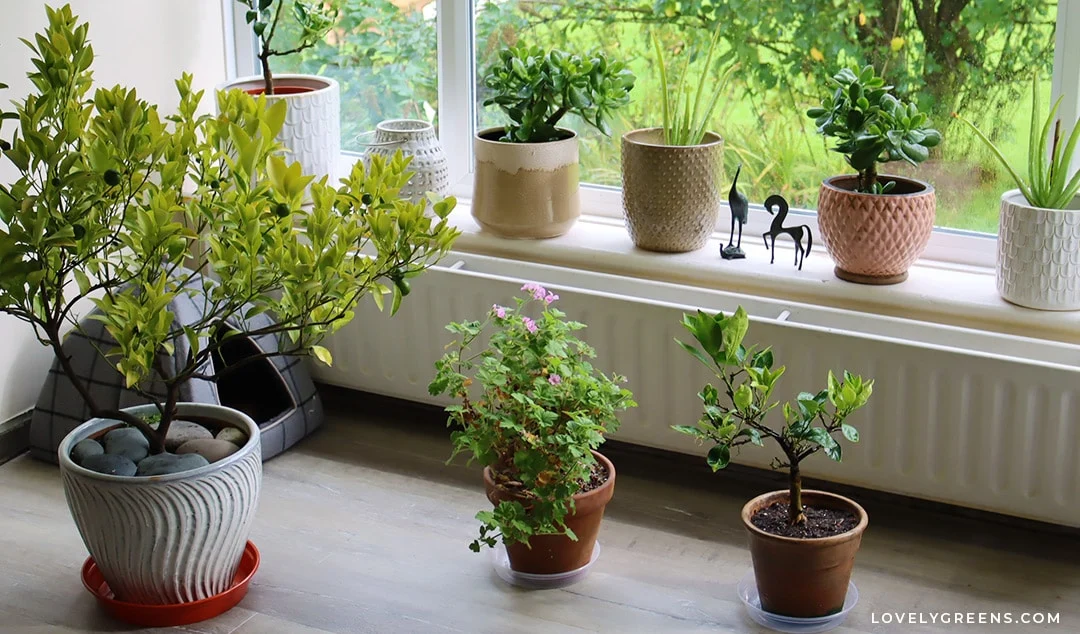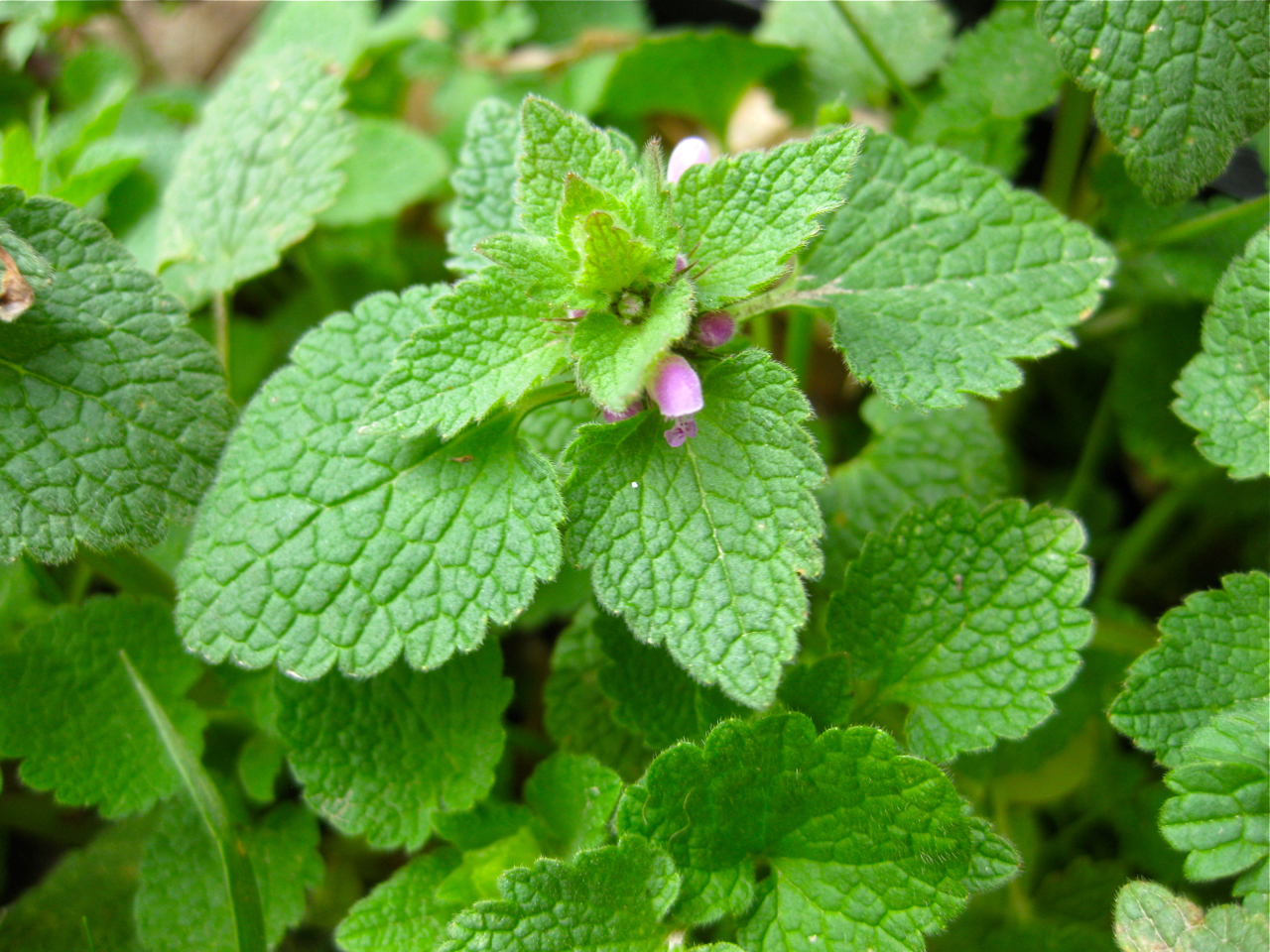Rooftop flower garden design is a creative and beautiful way to maximize your outdoor space. Transforming your rooftop into a garden allows you to enjoy nature, grow your own plants, and create a peaceful oasis in the city.
Whether you have a small or large rooftop, there are various design options to consider, such as container gardening, vertical gardens, and planting beds. Additionally, choosing the right plants, considering sunlight and drainage, and creating a seating area are all important aspects of rooftop flower garden design.
By following these guidelines, you can create a stunning and functional rooftop garden that will enhance your living space and provide a place for relaxation and enjoyment.
:strip_icc()/brewer-garden-flowering-shrubs-2580f44c-7863d4c175a7472fae713498f28be381.jpg)
Credit: www.bhg.com
Creating Your Rooftop Flower Garden
Designing a rooftop flower garden allows you to transform an ordinary, unused space into a vibrant oasis. Not only does a rooftop garden enhance the aesthetic appeal of your home, but it also offers numerous environmental benefits. From reducing energy consumption to improving air quality, a rooftop flower garden can be both beautiful and sustainable. If you’re ready to embark on this exciting journey, here are the essential steps to creating your rooftop flower garden.
Choose The Right Location
Selecting the perfect location for your rooftop flower garden is crucial for its success. Start by examining your rooftop’s sun exposure, wind patterns, and weight-bearing capacity. Begin your garden design in an area that receives at least six hours of direct sunlight each day. This will ensure that your flowers thrive and bloom gloriously. Additionally, consider the prevailing wind direction on your rooftop, as strong winds can damage delicate plants. Lastly, make sure your rooftop can support the weight of all the plants, soil, and containers. Consult with an engineer or contractor to ensure structural integrity and safety.
Selecting The Perfect Flowers
Selecting the right flowers for your rooftop garden is essential for a visually stunning and long-lasting display. Before making your plant choices, consider the climate and growing conditions of your region. Opt for plants that are well-suited to your local climate, as they will require less maintenance and yield better results. Drought-tolerant flowers, such as lavender, sedum, or yarrow, are ideal for rooftop gardens, as they can withstand periods of dryness. You can also consider perennial flowers that come back year after year, minimizing the need for replanting. Embrace a variety of colors, textures, and heights to create a visually appealing and harmonious rooftop flower garden.
Once you have identified the flower varieties that suit your rooftop garden, it’s time to plan their arrangement. Consider grouping flowers with similar watering and sunlight requirements together. This will make it easier to care for them and ensure optimal growing conditions are maintained. Additionally, think about layering your plants, with taller flowers towards the back and smaller ones in the front. This technique adds depth and visual interest to your rooftop flower garden. Lastly, don’t forget to include trailing plants or vines that can cascade over the edges of containers or trellises, adding a touch of whimsy to your rooftop oasis.
Design Tips For Rooftop Flower Gardens
If you’re considering creating a rooftop flower garden, it’s important to have a well-thought-out design plan. Here are some essential design tips that will help you make the most of your rooftop space and create a stunning floral oasis.
Utilizing Vertical Space
Maximizing the use of vertical space is crucial for rooftop flower gardens. Consider incorporating hanging planters, vertical trellises, and wall-mounted containers to make the most of the limited space. By growing flowers vertically, you can create a lush, vibrant display while conserving valuable floor space.
Incorporating Climbing Plants
Climbing plants are an ideal addition to rooftop gardens, as they not only add beauty and texture but also help to create a sense of privacy. Opt for varieties such as clematis, trumpet vine, or climbing roses to add vertical interest to your garden. These plants can be trained to grow on trellises, arbors, or along the walls, adding an enchanting touch to your rooftop haven.
Essential Elements For A Successful Garden
Rooftop flower gardens are a beautiful way to utilize urban space and bring nature closer to city dwellers. To ensure the success of your rooftop garden, it’s crucial to consider key elements that will contribute to its longevity and functionality. From proper drainage systems to weight restrictions, each component plays a pivotal role in creating a flourishing rooftop garden oasis.
Proper Drainage Systems
Effective drainage is paramount in rooftop flower garden design. Improper drainage can cause water to accumulate, leading to soil erosion, root suffocation, and structural damage. To combat these issues, installing drainage layers such as geotextiles and gravel beneath the soil can facilitate water drainage while preventing waterlogged conditions.
Consideration Of Weight Restrictions
When designing a rooftop flower garden, it’s crucial to consider the weight limitations imposed by the building’s structure. Exceeding these restrictions can pose significant safety hazards. To mitigate this, utilize lightweight materials such as structural foam planters, lightweight soil mixes, and carefully selected plant varieties to maintain the garden’s integrity while adhering to weight constraints.
:strip_icc()/balcony-plants-wicker-chairs-AuXajNOZ4489h4t8JEaJvt-9eec832c733f4a79a27d213f0338499b.jpg)
Credit: www.bhg.com
Maintenance And Care
Discover how to maintain and care for your rooftop flower garden design effortlessly with expert tips and tricks. Ensure regular watering, pruning, and feeding for vibrant blooms year-round. Enhance the overall aesthetic appeal by keeping a watchful eye on any signs of pests or diseases.
Watering And Fertilizing Tips
Maintaining a healthy and vibrant rooftop flower garden requires proper watering and fertilizing. With limited space and exposed conditions, it’s essential to provide the right amount of water and nutrients to keep your flowers flourishing. Follow these watering and fertilizing tips to ensure your rooftop garden thrives:
- Water your rooftop flower garden deeply once or twice a week. This will encourage deep root growth, making your plants more resilient to drought conditions. Make sure the water reaches the roots and doesn’t just evaporate on the surface.
- Consider installing an automatic irrigation system or drip irrigation for efficient watering. This will help regulate the water supply and eliminate the risk of overwatering or underwatering.
- Use a well-draining, lightweight potting mix that retains moisture but doesn’t get waterlogged. This will prevent root rot and other water-related issues.
- Apply a slow-release fertilizer or organic compost to provide a steady supply of nutrients to your rooftop plants. This will promote healthy growth and abundant flowering.
- When fertilizing, follow the manufacturer’s instructions and avoid excessive use, as it may harm your plants. Regularly monitor the condition of your plants to determine if they require additional nutrients.
Regular Pruning And Deadheading
Regular pruning and deadheading are essential tasks in maintaining a rooftop flower garden. By removing spent blooms and trimming overgrown branches, you can:
- Promote new growth and encourage continuous flowering.
- Control the size and shape of your plants, preventing them from becoming overly leggy or crowded.
- Improve airflow and prevent the spread of fungal diseases.
- Enhance the overall aesthetics of your garden by keeping the plants looking neat and well-maintained.
Follow these guidelines for effective pruning and deadheading:
- Deadhead faded flowers regularly to prevent the plant from diverting energy into seed production. This will encourage the growth of new flowers and extend the blooming period.
- Use sharp and clean pruning shears to make clean and precise cuts. This will minimize damage to the plant and reduce the risk of disease transmission.
- Remove any dead, damaged, or diseased branches to maintain the overall health and appearance of your rooftop flower garden.
- Prune back overgrown plants in early spring or late winter to encourage vigorous growth and better flowering.
- Observe the specific pruning requirements of each flower species. Some may require light trimming, while others may benefit from more drastic pruning.
Benefits Of Rooftop Flower Gardens
Rooftop flower gardens offer numerous advantages that go beyond just adding beauty to urban spaces. Let’s explore the benefits they provide.
Enhancing Aesthetics
Rooftop flower gardens are pleasing to the eye, creating a colorful and vibrant atmosphere in urban landscapes.
Improving Air Quality
Flower gardens on rooftops help mitigate air pollution by absorbing carbon dioxide and releasing oxygen.
Overcoming Challenges
Discover how to transform your rooftop into a breathtaking flower garden oasis. Conquer design hurdles with creative solutions and elevate your outdoor sanctuary. Let nature bloom above you in a serene rooftop retreat.
Wind Exposure Management
One of the primary challenges faced while designing a rooftop flower garden is managing wind exposure. strong winds can cause damage to plants, leaving them frail and wilted. Therefore, to ensure the success of your rooftop flower garden, effective wind exposure management is crucial.
To tackle this challenge, consider implementing the following strategies:
- Choose wind-resistant plants: Opt for plants that can withstand strong winds, such as ornamental grasses, sedums, and evergreen shrubs. These plants have adapted to high wind conditions and can thrive in your rooftop garden.
- Create windbreaks: Install sturdy structures like trellises, screens, or glass panels around your rooftop garden. These windbreaks will provide the much-needed shelter and protect your plants from excessive wind exposure.
- Use wind-tolerant containers: Select heavy, durable containers for your plants. These containers will provide stability and prevent toppling due to strong winds.
Dealing With Limited Space
Another challenge that arises in rooftop flower garden design is limited space. Rooftops usually have constraints in terms of area, making it vital to make the most of the available space while still offering a visually appealing garden.
To address this challenge, consider the following techniques:
- Vertical gardening: Embrace vertical gardening by using trellises, hanging baskets, or wall-mounted planters. These allow you to utilize the vertical space, adding a green touch without compromising the limited floor area.
- Compact plant varieties: Opt for compact plant varieties that are well-suited for containers or smaller areas. These plants are specifically bred to grow in tight spaces while still providing beauty and color.
- Multi-functional elements: Incorporate multi-functional elements like raised beds or seating areas with built-in planters. These dual-purpose features maximize your space while offering functionality and aesthetics.
By implementing these strategies, you can overcome the challenges of wind exposure and limited space, ensuring a thriving and visually stunning rooftop flower garden. Remember, successful garden design involves careful planning and selecting the right plants and structures that are well-suited for your rooftop environment.
Inspiration And Ideas
Designing a rooftop flower garden offers a unique opportunity to create a harmonious blend of natural beauty and urban living. Whether you have a small space or a large rooftop area, there are countless ways to infuse creativity and charm into your rooftop flower garden design. The following ideas and inspirations will help you transform your rooftop oasis into a flourishing and inviting sanctuary.
Seasonal Themes
Embracing seasonal themes for your rooftop flower garden can breathe new life and character into the space. From vibrant spring blooms to the warm hues of autumn, incorporating seasonal plantings can bring a refreshing and ever-changing aesthetic to your rooftop garden. Utilize a combination of early bloomers, summer stunners, and fall foliage to ensure your garden is adorned with captivating colors throughout the year.
Creating A Relaxation Spot
Designating a corner of your rooftop flower garden as a relaxation spot can elevate the overall ambiance and functionality of the space. Integrate comfortable seating arrangements, such as cozy outdoor sofas or hammocks, amidst the blooming flora and fragrant blossoms. Adding a tranquil water feature, like a small fountain or a tabletop pond, can further enhance the calming atmosphere, offering a serene retreat from the hustle and bustle of city life.
Frequently Asked Questions For Rooftop Flower Garden Design
What Are The Best Flowers For A Rooftop Garden?
Choose low-maintenance, drought-resistant options like sedum, lavender, and yarrow for a rooftop flower garden.
How Do I Design A Space-efficient Rooftop Flower Garden?
Opt for raised beds, vertical planters, and hanging baskets to maximize space in your rooftop flower garden.
What Are The Essential Factors To Consider For Rooftop Gardening?
Factors such as weight capacity, wind exposure, and water drainage are crucial considerations for rooftop flower garden design.
How Can I Maintain A Healthy Rooftop Flower Garden?
Regular watering, proper drainage, and periodic fertilization are essential for maintaining a thriving rooftop flower garden.
Conclusion
Incorporating a rooftop flower garden into your design can transform the look and feel of your space. From adding color and beauty to improving air quality, a rooftop garden provides numerous benefits. Whether you have a small or large rooftop, there are various design options to choose from.
Consider factors like sunlight, drainage, and plant selection to create a flourishing garden. With careful planning and maintenance, your rooftop flower garden can become a serene oasis in the midst of the city. Start planning your rooftop garden today and enjoy the uplifting atmosphere it brings to your space.











